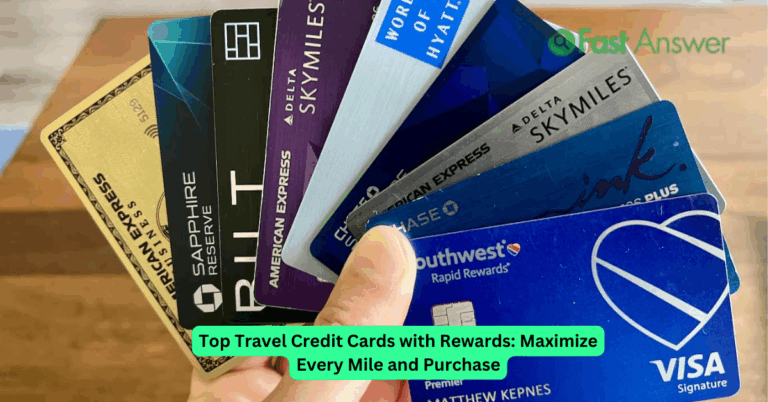Safety Tips for Traveling with Children: A Parent’s Guide to Worry-Free Adventures
Traveling with children opens the door to unforgettable family experiences, but it also requires extra planning to keep everyone safe and comfortable. From bustling airports to unfamiliar destinations, ensuring your child’s safety while maintaining peace of mind can feel overwhelming. That’s why having a solid strategy in place is essential. Whether you’re heading on a short domestic trip or an international vacation, knowing the best safety tips for traveling with children helps you prevent common mishaps, manage unexpected situations, and enjoy your journey to the fullest. This guide is for parents, guardians, and caregivers who want to travel smart while keeping their little ones protected every step of the way.
Prepare Early and Pack Smart for Peace of Mind
Preparation is your first line of defense when it comes to child safety while traveling. Start by making a detailed checklist tailored to your destination, weather, and travel duration. Include essential items like medications, identification, and comfort items your child might need along the way. Label all bags and belongings with contact details, especially backpacks or carry-ons your child may handle. For flights, consider packing snacks, water, a change of clothes, and noise-canceling headphones to keep children calm and comfortable. If you’re using a stroller or car seat, check airline and transportation regulations ahead of time. Being well-prepared allows you to respond confidently to any hiccups during your trip.
Keep a Close Eye in Crowded Spaces
Busy airports, train stations, and tourist attractions can quickly become overwhelming for both parents and kids. In crowded areas, always hold younger children’s hands and consider using child harnesses or wristbands for toddlers who like to wander. Teach older children what to do if they get separated from you identify a meeting point and ensure they know how to recognize security staff. Take a photo of your child each morning in the clothes they’re wearing for the day. This simple step can prove helpful in emergencies and gives authorities a real-time reference. Awareness, communication, and clear instructions go a long way in minimizing risk in high-traffic areas.
Stay Vigilant with Accommodations and Transportation
Not all accommodations are childproofed, so inspect your hotel room or rental property upon arrival. Secure sharp edges, check for accessible outlets, and store small objects out of reach. Confirm that window locks and balcony railings are secure. If your child is in a crib or cot, ensure it meets safety standards. When using public or private transportation, always prioritize the use of car seats or booster seats that are age-appropriate and approved for travel. Rideshare services or international car rentals may not always provide child restraints, so bring your own if needed. Choosing safety-first lodging and transit options helps you avoid preventable issues.
Maintain Health and Hygiene on the Go
Health safety is just as important as physical safety. Keep hand sanitizer, disinfectant wipes, and tissues accessible throughout your trip. Encourage children to wash their hands frequently, especially before meals and after using public facilities. Bring a small travel kit stocked with basic medical supplies, including fever medication, band-aids, antiseptic cream, and any prescribed medicines. Research nearby healthcare facilities at your destination and carry a printed copy of your child’s medical records, especially if they have allergies or existing conditions. Staying proactive about health precautions can prevent minor issues from turning into bigger concerns while traveling.
Talk About Safety Without Creating Fear
Before and during your trip, have age-appropriate conversations with your children about staying safe. Explain why they should stay close, what to do if they’re lost, and how to identify trusted adults. Use positive language to encourage cooperation rather than fear. For example, rather than saying “Don’t talk to strangers,” guide them with, “If you can’t find me, look for someone in a uniform or go to a family with kids.” Rehearse safety routines with roleplay or storytelling to make it engaging. When kids feel included in the process, they’re more likely to follow the rules and stay alert to their surroundings.
Frequently Asked Questions
How do I keep my child safe during a flight?
Keep children buckled in when seated, use an FAA-approved car seat for infants, and bring distractions like snacks or games to minimize movement. Always supervise when walking through aisles or using the bathroom.
What should I do if my child gets lost while traveling?
Stay calm and alert authorities or nearby staff immediately. Show them the photo you took earlier and provide your child’s name and description. Reassure your child ahead of time about what steps they should take if separated.
Is it safe to use public transportation with children abroad?
Yes, but choose reliable, family-friendly options. Avoid overcrowded transport, stay alert in stations, and keep valuables secure. Carry essential items like wipes and a spare change of clothes just in case.
How do I handle medical emergencies while abroad?
Have travel insurance that covers children, know where the nearest hospital or clinic is, and carry a list of emergency contacts and your child’s medical history. For chronic conditions, pack extra medication and a doctor’s note.
Are there safety apps for traveling with kids?
Yes, several apps help track location, store medical info, and even alert emergency contacts. Look for child-specific safety apps or family travel organizers that offer offline functionality.




